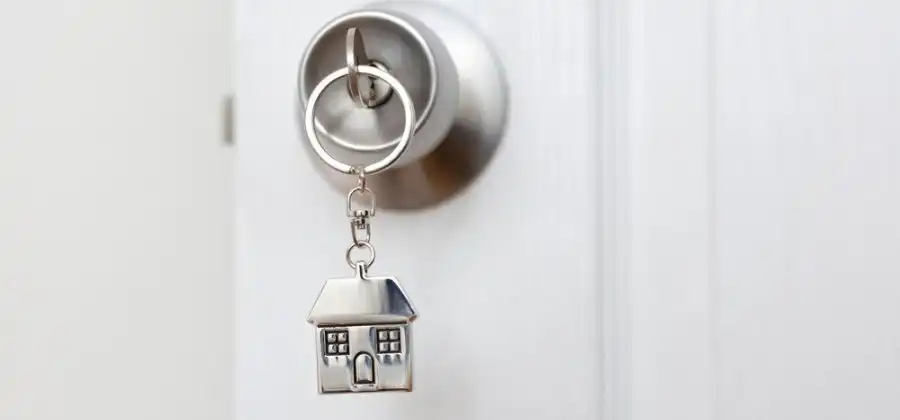
What is the difference between primary and secondary housing in credit?
When you apply for a home loan, the conditions offered by the bank will vary depending on the purpose you give to the property: primary residence or secondary. Understand the difference between the two and the financing conditions for each.
If you are looking for a home loan for your new home, it's with Poupança no Minuto! Credit intermediaries will assist you so that you can get the best market conditions. Contact us or first read what conditions they can offer you.
What's the difference between permanent and secondary own housing?
The difference between the purpose of a permanent own housing and a secondary housing, is that the first is intended for owner's housing and respective household, being their fiscal address, and the second is intended for occupation during occasional periods by the owner, like a vacation home.
What is the impact of the two purposes on housing credit?
In the end, what differs in purposes are the taxes to pay, as well as the access conditions to financing proposed by banks.
This is because a second home loan for the purchase of an occasional residence, investment, or rental property will have worse conditions than for a primary residence with a first loan, due to the debt-to-income ratio.
By already having a home loan, the debt-to-income ratio will be higher and the conditions less favorable.
The biggest difference will be in the percentage of loan that the bank is willing to provide, that is, in the loan-to-value. The maximum that banks lend for a secondary housing property is up to 80%, while for primary residence properties it is up to 90% of the value.
Note that, in both cases, the amount borrowed from the bank is under the lower value between the acquisition or evaluation.
The remaining conditions will depend on the banking institution, but as a rule, the interest rates do not differ from the first home loan. As for the financing term in the secondary credit, it may be limited to 30 years, regardless of the age of the borrowers, with a maximum age limit of 75 years for the oldest borrower at the end of the contract.
Taxes are also paid in a similar way to buying a permanent own home, since you must also pay Stamp Duty (IS) and Municipal Property Transfer Tax (IMT) at the deed.
However, the amount to pay for IMT differs in secondary housing, having a distinct table. There is an exception that in a second home it is not possible to be exempt from the Municipal Property Tax (IMI), still having to declare the capital gains of the secondary housing in the IRS settlement.
Looking to get a home loan for one of these purposes? The credit intermediaries at Poupança no Minuto can ensure that you have access to the best financing conditions in both cases! Contact us for a free support service throughout the process, handling all the paperwork and communication with the entities.